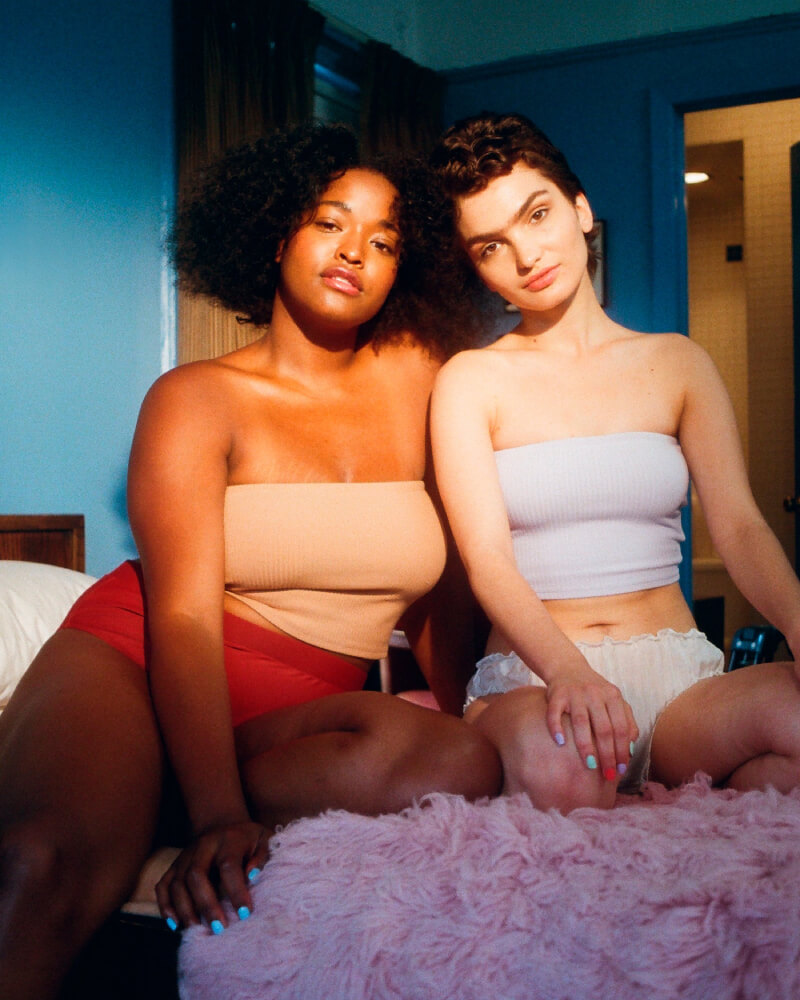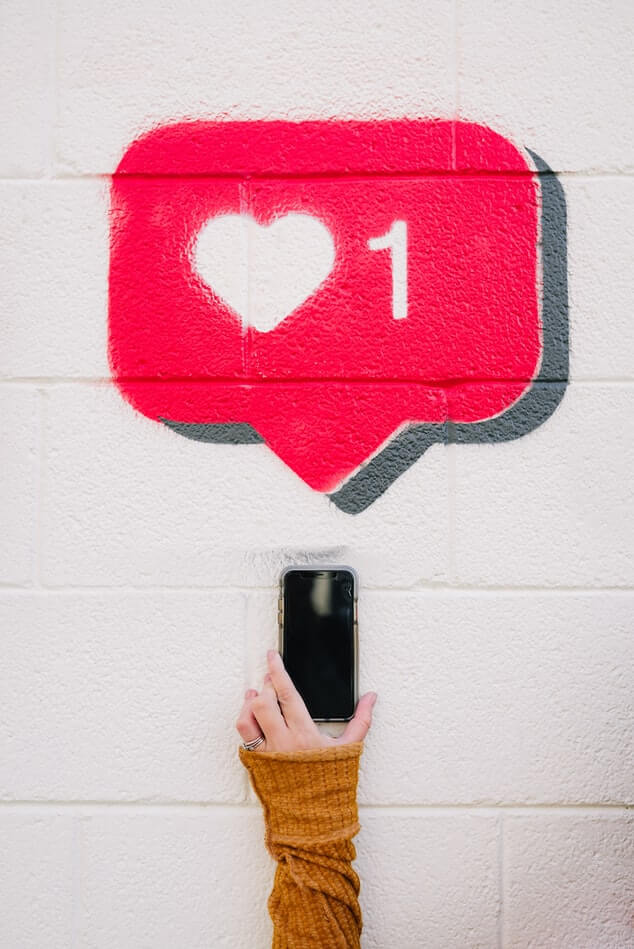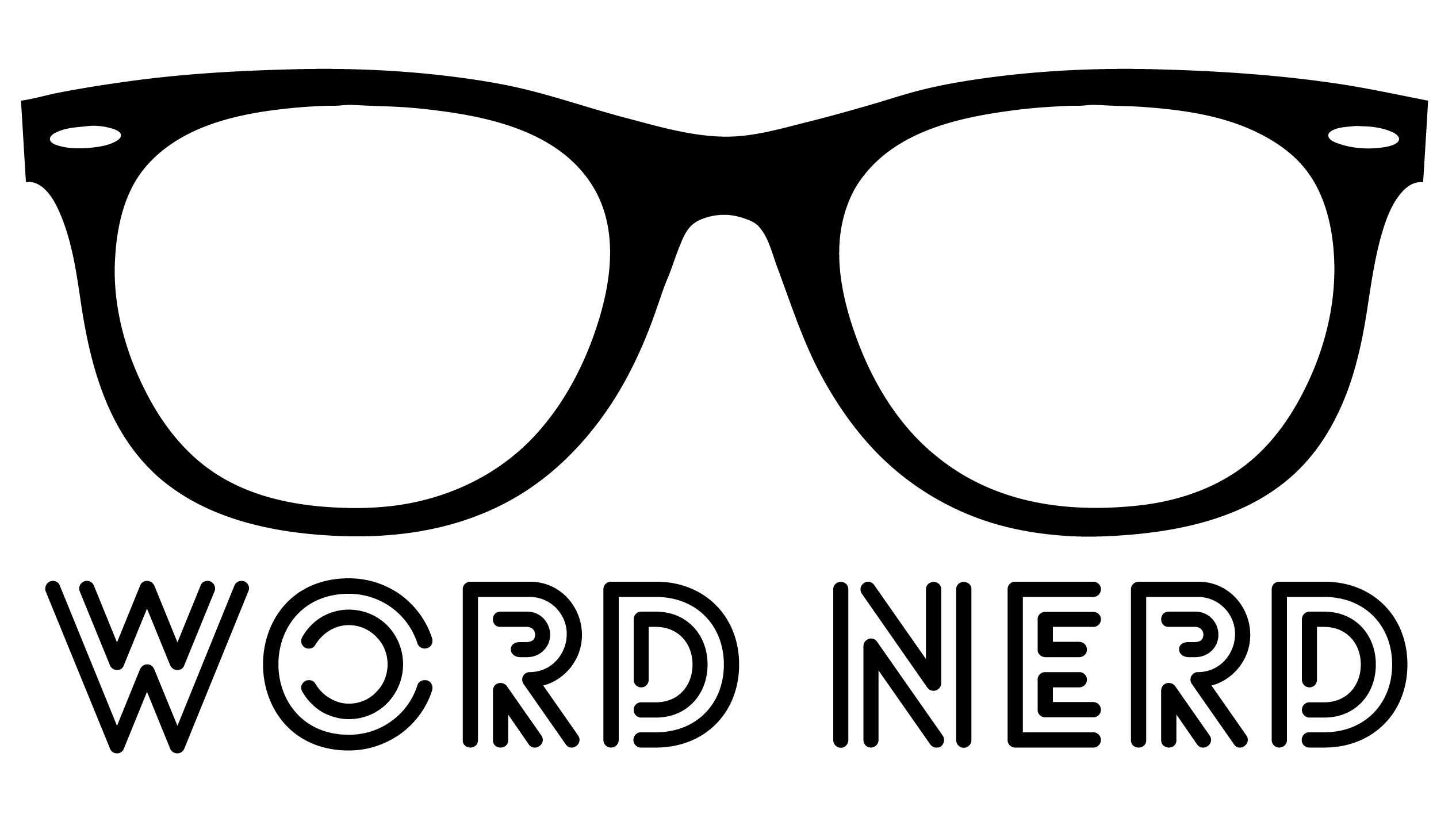There is a lot to unpack when it comes to the connection of the fashion industry, media, clothing sizes, and body image.
Media's fat-shaming of celebrities who gained a bit of weight (even if they are pregnant), 90s heroin-chic aesthetic, size zero, and vanity clothing sizes have been a regular part of our culture for decades.

Has that affected our body image to the point of no return, even if we do not choose to work in the fashion industry?
The True Meaning of the Size zero
Nowadays, size zero's measurements usually refer to 31-23-32 (bust-waist-hips) inches. These measurements are equivalent to a pre-pubescent girl of average weight and height who is no older than fourteen. Moreover, that waist size is typical for an average eight-year-old girl.
Therefore, size zero is difficult to maintain or sometimes even out of reach for most women past puberty (unless genetically slim).
This raises an important question: Why was a size zero the goal for many grown women worldwide for decades?

Origins of Size zero
The origins of size zero are deep-rooted in the fashion industry.
You might already know that it was the standard for runway models for a long time. It was a well-known requirement that could even lead to the model's deaths.
The term size zero was popularized in the 60s with the success of the model Twiggy.
The fashion industry brought back a similar aesthetic with the look dubbed "heroin chic" in the 90s, insinuating an image of an unhealthy and extremely thin drug addict.

The look, made iconic and popularised by the fashion industry, reflected the availability of pure and inexpensive heroin on the market.
Therefore, it is no wonder that it was a model who started the campaign against size zero.
Katie Green, after losing her deal with Wonderbra because she refused to lost weight, started the campaign named Say No to Size zero.
The campaign was scrutinized for being discriminatory against naturally thin women, but it did start an important and long-overdue conversation about potentially deadly trends in the fashion industry.
Anorexia, one of the deadliest mental illnesses and size zero are closely connected. The ban of the size zero model would not have happened if people hadn't started dying of malnourishment.
Skinny also became synonymous with fashionable.

Thin people can wear the simplest of outfits and still look fashionable because we perceive that clothes look better on thin bodies as the fashion industry perpetuated that image.
Media and Body Image
The fashion industry is not the only one that has perpetuated the distortion of our body image.
We're exposed to harmful ideas of what our bodies should look from a very young age. These ideas lurk from "innocent" magazine covers and social media.

Even if you choose not to live in the public eye, it's likely that you can't escape dangerous ideas when you're young and impressionable – mostly in order to sell products.
Namely, being thin is often put on a pedestal in the media and linked to celebrities and their successful lifestyle.
By doing that it gives the idea that their size and the possibility of a luxurious life are somehow connected.
It shows them the life they could be living - if only they fit the mould.
Clothing Sizes
Apparel companies do their part in affecting your body image as well.

Can't figure out which size are you in the clothing store?
It's not you - it's a marketing strategy.
Twiggy was size zero in her time, but nowadays she would be a size 00.
Stores can change their clothing sizes to make their customers feel good about themselves. If you are a large in one store, and a medium in another, which store are you more likely to buy from?
Body Image Movements
One of the most powerful movements that question our body image during this decade is body positivity.
This social movement was created to help women who are discriminated against because of their size.
It's mostly centred on helping curvy and plus-sized women. However, the movement encourages pride for all shapes and sizes across the board.

While it has helped a lot of women regain confidence in their body, it also has its issues as it can be linked to individuals who rationalize eating disorders such as obesity.
Where Are We Now?
Size zero is no longer the norm represented as an ideal body type that we should all strive towards.
However, the need for a body positivity movement does indicate that we still have issues with body image and a blatant preference for skinny bodies.
Whatever the case, the pattern is clear.
The media and social media platforms tend to shame women for their bodies and any change in its size (too skinny, gained weight, too pregnant); celebrities can't win because they are be scrutinized regardless of their size.

While size zero has been pushed to the side, we are increasingly seeing people use filters to face tune themselves into achieving a look that is only usually attainable with plastic surgery.
The image we have of our bodies are often even not our own. They were slipped in the back of our minds at an early age by the media and fashion industry and became louder.
Most of us are now more aware of how the media impacts on our body image, but can the same be said for impressionable young girls and boys going through puberty right now?
Final Word
Fashion and popularized beauty standards change with every decade. What they usually have in common is that they strive towards unattainable and unhealthy lifestyles.
You can help by taking part in body positivity movements or simply by not commenting on someone's weight.
